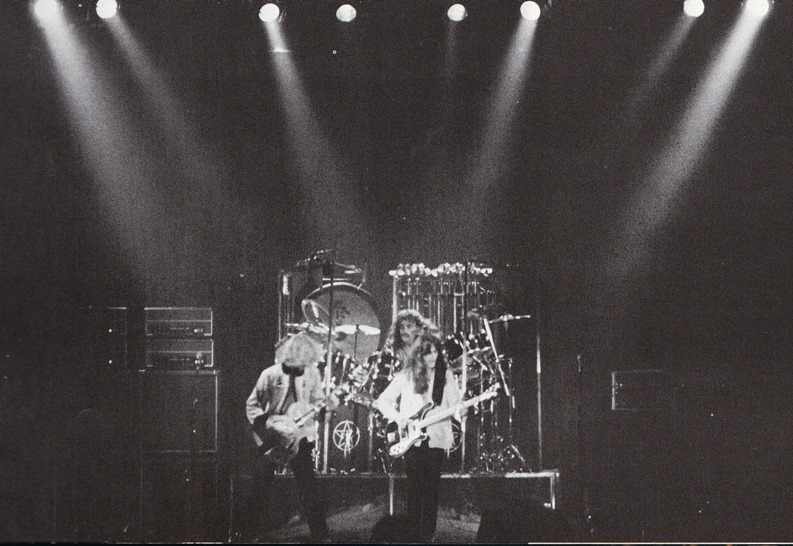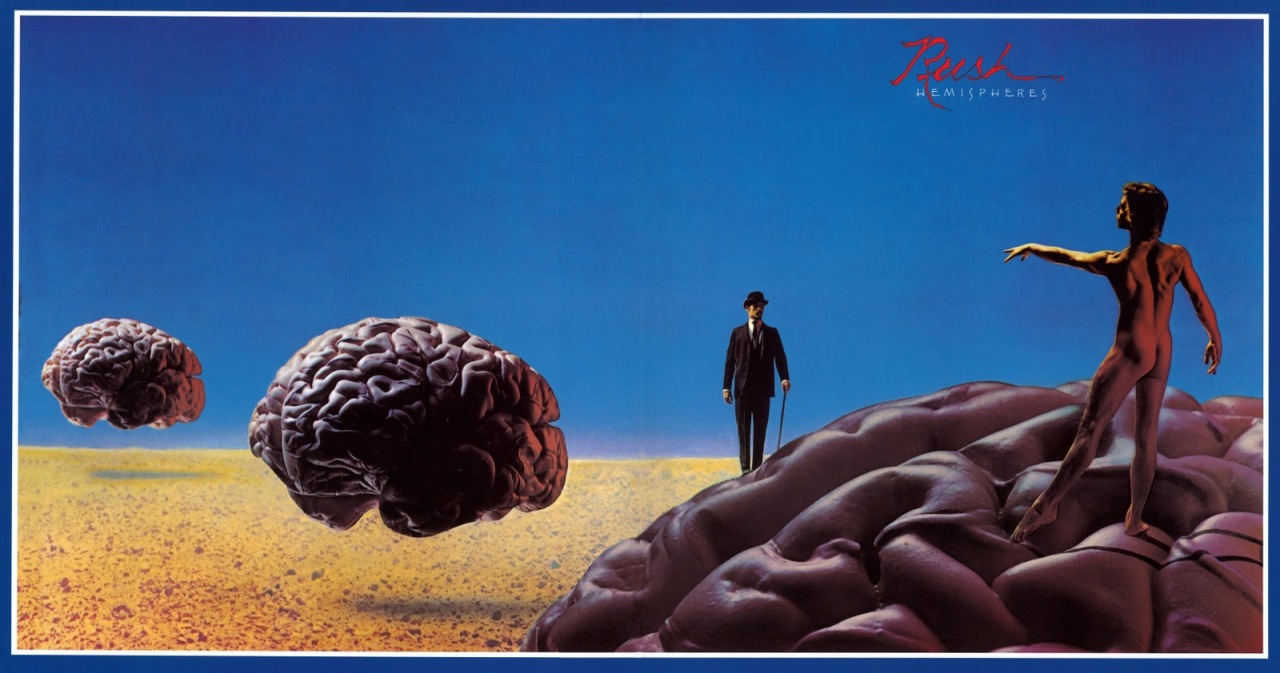I went to a shit ton of shows last year. Because I’m a soon-to-be-graduated graduate student with teaching and course pressure, I unfortunately lacked the drive and, well, simple energy to write out reviews. The passion just wasn’t there. I got…myself to feed, damnit! Now it’s back. So, sorry, but not sorry.
Okay, time for a more coherent lead. I attended and indulged mostly metal shows last year with the exception of Loufest (a trust fund Coachella clone) a couple indie rock/electronic shows, a post-punk show — speaking of which, we probably should’ve warned Ian McCulloch of notorious, trash smelling St. Louis summers — and started off 2018 with the radical punk extravaganza, Propogandhi. Fuck the border!
Have a taste of my experiences and enjoy your vicarious skimming because here is a list of my top five shows (in no specific order). Oh, and disclaimer — I guess — I’m employing full bias, because people apparently care about that shit.
Gojira
These guys tour. A lot. I saw them twice last year, once at Indianapolis’ Egyptian Room with Opeth and the Devin Townsend Project, the second at Pops, supported by Code Orange (meh) and Torche (cool stoner dudes). Unfortunately, I was unable to jump into the Indy pit. Not to mention I was the only person headbanging. That was just a generally unfortunate experience (I’ll get into why during the Devin Townsend Project fanboysturbation). The Pops show, on the other hand…Let’s just say my ankle still pops and I still find sticky shit in random places. Yeah, Pops is gross, but perfect for an explosive metal atmosphere. Wall of Death, circle pit, St. Louis had it going! What a show. What an experience. Also, the post-Code Orange karate was kept to a minimum. St. Louis metalheads, I salute you.

Find me this shirt in an XXL. I need it. Also, go to a Havok show.
Gorguts
This was my first show at Fubar STL and it certainly won’t be the last. The beer is cheap, the stage close and intimate, if a little sticky (apparently that’s a trend in St. Louis). If you attend a Fubar show, pay the ten bucks for parking in the lot across the street. The, um, guard(?) is a super nice and friendly guy who knows St. Louis, in and out, and will get you woke. Back on topic. The pit was brutal. And I’ve been in a Slayer pit. At 270 plus, I was thrown around like MDMA at an EDM festival. +1,000 points for the analogy/acronym/alliteration combo. Gorguts played an extensive set, including cuts from The Erosion of Sanity, the avant garde bomb, Obscura, before closing with a full rendition of the 30+ minute epic, Pleiades Dust. Just…holy shit. Luc Lemay is so fucking cool. I’m just going to leave it at that.
Amon Amarth
What do you get when you mix viking-themed melodeath, booze, drinking horns, and…Colombia, Missouri? Closure. Wait…wha?? I look at this show as a kind of personal redemption. My first experience with the bearded Swedes occurred during a particularly hectic semester of graduate school. At some point, right before “Guardians of Asgard,” I decided to leave early to finish an essay. Yeah. The things I will do for an opportunity-spare Masters degree. Life decision rant aside, let me just say that Amon Amarth live performances are the definition of tastefully excessive showmanship, complete with smoke, giant phallic hammers (yep, went there), fireworks, topping it all off with a horned-helmet drum platform design (pun intended). Definitely one of the best live metal acts out there. Raise your horns!
By the way, the Viking horned helmet is a myth. Jus’ sayin.
Devin Townsend Project
As previously stated, I saw DTP twice last year. I’m gonna rant a little on The Egyptian Room real quick. To those who scheduled stage times, please start future shows at the scheduled time. I drove five hours, almost got stuck overnight on the highway due to a horrendous semi/car wreck (yeah, I know, super inconvenienced. My condolences to those involved in the wreck), and showed up at the scheduled DTP showtime. And, of course, I missed almost the entire show because DTP started almost an hour early. So yeah, fuck that place.
Ahem, DTP at the Ready Room? Hell yeah. If Amon Amarth are the masters of tasteful excess, Devin Townsend holds the PhD. Fuck, I really need to tone down the academic puns. If I were to summarize the show in two songs, I’d have to say, “Deadhead” and “March of the Poozers.” “Deadhead” put the crowd into a meditative, emotional trance, while “March of the Poozers” brought out laughter and smiles; that, my friends, is all you need to know. At one point you will cry, the next roll your eyes as the comedian/metalhead/singer/guitar virtuoso moves through his extensive, non-genre specific discography. What else can you expect from the guy who shat in Steve Vai’s guitar case? I guess you could call him…
*puts on glasses
**pauses
…a shit show.

Explosions in the Sky
There’s something about this band’s sound that stands out from the typical quiet intro –> loud climax postrock standard. No lyrics. Completely instrumental. That’s pretty typical, is it not? But, unlike, let’s say Mogwai or Canadian anarchists, Godspeed You! Black Emperor — who have their groundbreaking postrock foundations, don’t get me wrong — Explosions in the Sky is somewhat accessible. And by accessible, I mean instantaneously engaging. I’m not discrediting Godspeed, but ya gotta be in a specific, fuck the world mood to listen to them, ya know?
During their St. Louis stop at the Pageant, Explosions in the Sky thrust listeners through waves of emotive passages, accented and emoted through an impressive light show and charismatic-but-silent stage presence. Okay, you know what? Stop here. Go to Youtube. Type in “Your Hand In Mine.” Now, imagine that shit being played in a concert hall, while you enjoy a couple drinks.











